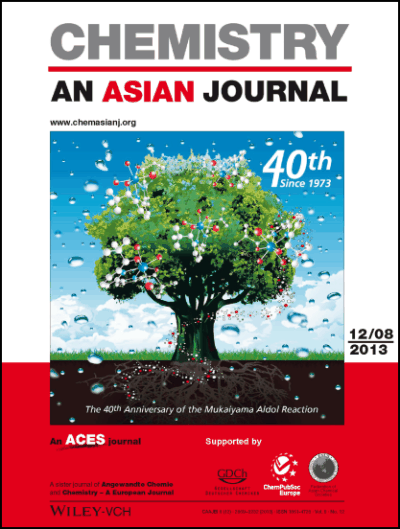
Forty years have passed since the first advent of Mukaiyama aldol reaction.
The aldol reaction provides one of the most fundamental and reliable methods for stereoselective C–C bond formation in organic chemistry, along with Grignard reaction and Friedel-Crafts reaction. Despite its potential versatility, classical aldol reactions performed under basic conditions have suffered from generally low yields and selectivities owing to their reversibility and many competitive side pathways such as dehydration, dimerization, polymerization, and self-condensation. The emergence of TiCl4-mediated aldol reactions of “silicon enolates (silyl enol ethers)” with aldehydes in 1973—the renowned Mukaiyama aldol reactions—has allowed us to avoid these competitive processes.
Nowadays Mukaiyama aldol reaction has been widely used to construct complex molecules in the total synthesis of natural compounds. In the meanwhile, Mukaiyama aldol reaction has been still evolving through tremendous efforts to attain near perfect stereoselection and to establish the mild and atom-economical transformations, leading to many fruitful scientific advances not only in organic chemistry and organic synthesis but also in inorganic chemistry and biochemistry.
The year 2013 marked the 40th anniversary of the Mukaiyama aldol reaction and a series of special issue were offered in celebration of 40 years. The above image was on the cover of Chemistry – An Asian Journal (Volume 8, Issue 12).

